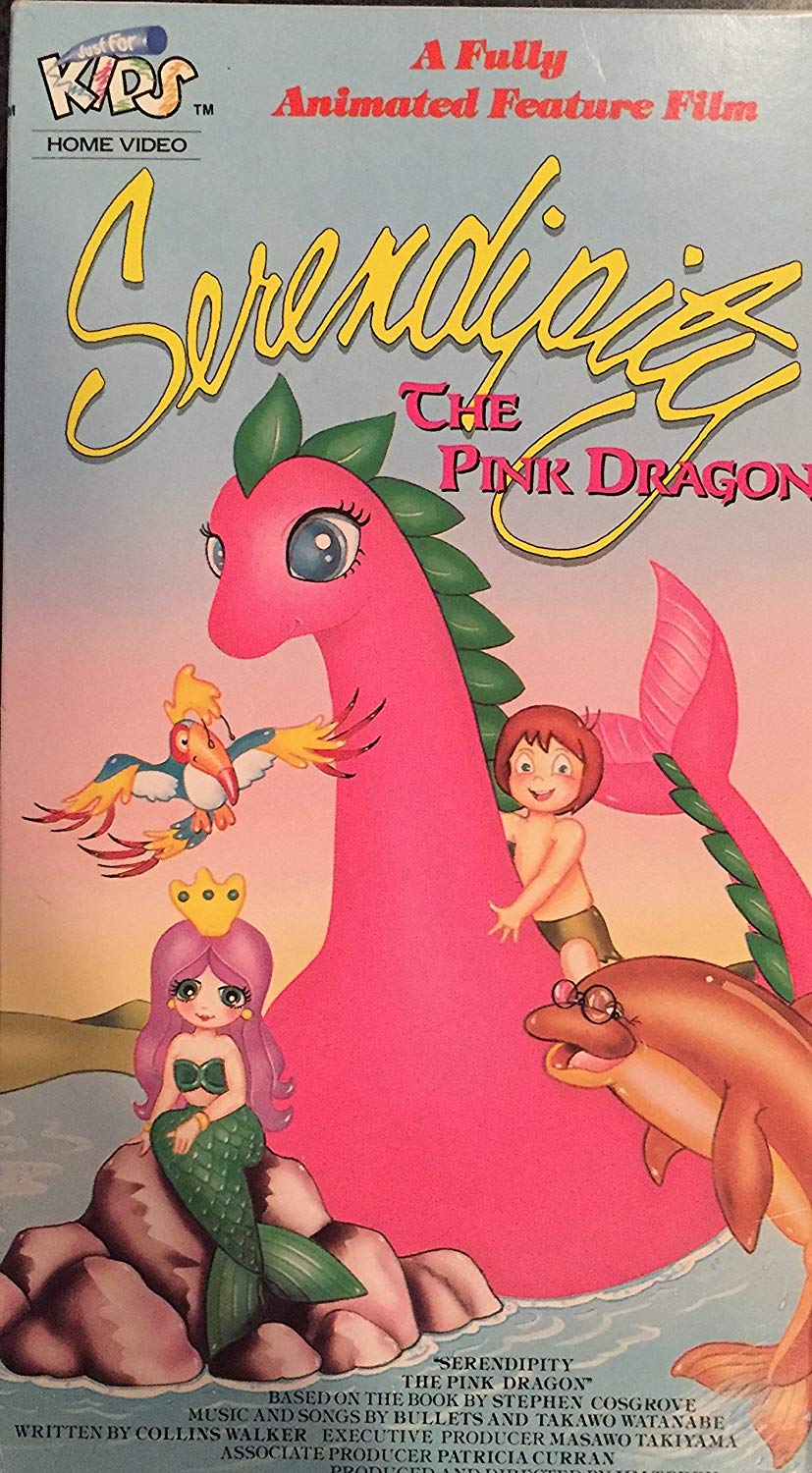A big part of my job is due diligence. This is a fancy bit of jargon that gets thrown around a lot in finance. All it really means is doing research to back up whether things that someone has claimed about their company are true. My boss is fond of reminding us that in our job we need to “trust, but verify.” Due diligence is that verification.
Spend a little bit of time in venture capital and you quickly discover that the rigor of different firms’ due diligence processes vary greatly. Some firms spend an incredible amount of time and resources digging into every small detail of a company. Others run light processes that can be completed quickly. At Rev1, we have what I believe to be a relatively robust process compared to other investors at our stage.
This spectrum makes sense.
Firms with more specific sector-focuses are likely subject matter experts on the spaces they invest, cutting down on time necessary to get themselves up to speed.
Firms that invest across a series of stages will likely have leaner due diligence processes for their earliest investments and more in-depth processes for their later investments. The idea here being that the effort per dollar of investment remains relatively constant. More dollars. More effort.
There is no right answer on what is the perfect amount of due diligence.
But there are wrong answers.
Conducting no due diligence can’t be correct. But doing too much diligence makes your life miserable (and the entrepreneur’s life you are working with even more so).
When I was at Carlyle, one of our founders was fond of saying “you should never focus on conducting the most complete, perfect due diligence. By the time you will have completed it, the investment round will no longer be open and it won’t even matter because you will have talked yourself out of doing the deal anyways.”
I think there is a good amount of truth in this. Venture capital is a risky game. You will never be able to conduct such a thorough due diligence process that you are able to remove ALL the risk from a deal. If you were able to, they wouldn’t exactly be able to call it risk capital investing now would they?
So the correct amount of due diligence lies somewhere between 0 and 100. But where?
I have been thinking about this question a lot recently. The answer (as with most things in business) is that it depends. It depends on the characteristics of your firm and the demands of your stakeholders.
My views on the optimal amount of due diligence have recently been informed by my reading of Fooled By Randomness by Nassim Nicholas Taleb. This is an excellent book which I highly recommend. The author is a veteran options trader and a foremost expert on probability and randomness.
Two concepts from his book have especially informed my views on due diligence.
The first is the idea of satisficing.
Satisficing is a decision making strategy where someone analyzes different alternatives until they find one that reaches a minimum acceptable threshold. And then they stop. I believe this concept should also be applied to investment due diligence.
Your goal should be to reach the minimum required confidence threshold necessary for you to make an investment while expending the least amount of effort and resources necessary to get there. Any additional due diligence past that point is a waste of your, and the entrepreneur’s, time.
This minimum required confidence threshold will change from person to person and firm to firm, but I do think there is value in understanding the idea of satisficing to help avoid using unnecessary time and effort. As with many things in life, due diligence follows the law of diminishing marginal return. Each additional level of comfort you can reach in an investment requires exponentially more and more effort. This is why it is so important to reach your required confidence threshold and to go no further. Even pushing on just a little bit can require a colossal amount of energy.
Not only is too much due diligence a waste of time, money, and energy, but it could actually lead to some pretty large cognitive blind spots.
The second concept from the book that applies to due diligence are the negative side-effects of conducting too thorough of an analysis.
Too thorough of an analysis?
Yes, that is right. Taleb points out that one of the major cognitive biases exhibited by people is that their confidence in the likelihood of a given outcome increases linearly with the amount of effort they expend analyzing the chances of its outcome. It’s the effort people put in to an analysis more so than the analysis itself that tends to influence people’s expectations around an event.
People trick themselves into thinking that more analysis = more certainty, when nothing could be further from the truth. The wrong kind of analysis will be a red herring that increases your confidence in, without actually increasing the accuracy of your predictions.
Venture capital due diligence is an environment ripe for this sort of error. In early stage VC, the risks are so incredibly high for every company. Conducting an excessive amount of due diligence doesn’t change this fact. But it does make us feel better about the investment. This dislocation between the actual risks of an investment and someone’s perceived risks can lead to incorrect decision making and overconfidence in those decisions.
The true danger is not in the risks itself, but in conducting so much analysis that we convince ourselves that the risks no longer apply.
With the ideas of satisficing and the dangers of over-analysis in mind, I believe the best way to conduct due diligence is to seek the no. “Seeking the No” is a cool sounding phrase that I just made up on the spot. The concept is to figure out the few things that would immediately make you say no to an investment and try to validate whether they are true or not. Work backwards from biggest things that would immediately make you cut bait with the company. If you find out any of these hot button issues are true, you can pack up shop right then and there. No more analysis necessary.
Assuming you can attain some comfort that the company does not breach any of your “DO NOT INVEST” red flags, then you can proceed with seeing if they fit what you actually want to see in an investment. What exactly those attributes are that you should be looking for is a topic for another post, but following this strategy of seeking the no should help you focus your efforts on only the investments that truly warrant your time.
Venture capital due diligence is a tale of modern day Sisyphus. You will never be able to truly understand all the risks inherent in a business. Trying to do so wastes precious resources, while giving yourself a false sense of security. Conduct the minimum amount of due diligence necessary to reach either a no or a yes. You will thank yourself for it. And so will your entrepreneurs.



















